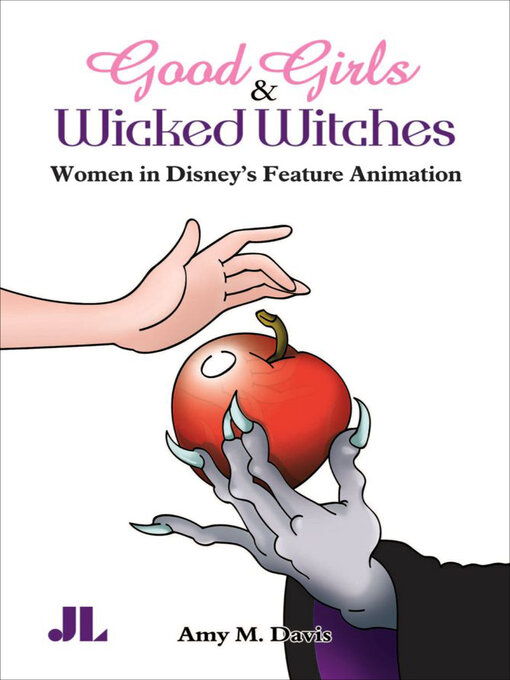- Popular Magazines
- Home & Garden
- News & Politics
- Food & Wine
- Celebrity
- Outdoor & Travel
- Art & Architecture
- Business & Finance
- Crafts
- Family & Parenting
- Boating & Aviation
- Science
- Photography
- See all
-
Description
-
Details
In Good Girls and Wicked Witches, Amy M. Davis re-examines the notion that Disney heroines are rewarded for passivity. Davis proceeds from the assumption that, in their representations of femininity, Disney films both reflected and helped shape the attitudes of the wider society, both at the time of their first release and subsequently. Analyzing the construction of (mainly human) female characters in the animated films of the Walt Disney Studio between 1937 and 2001, she attempts to establish the extent to which these characterizations were shaped by wider popular stereotypes. Davis argues that it is within the most constructed of all moving images of the female form—the heroine of the animated film—that the most telling aspects of Woman as the subject of Hollywood iconography and cultural ideas of American womanhood are to be found.
“A fascinating compilation of essays in which [Davis] examined the way Disney has treated female characters throughout its history.” —PopMatters

Kindle Book
- Release date: February 20, 2007
OverDrive Read
- ISBN: 9780861969012
- File size: 453 KB
- Release date: February 20, 2007
EPUB ebook
- ISBN: 9780861969012
- File size: 628 KB
- Release date: February 20, 2007
Formats
Kindle Book
OverDrive Read
EPUB ebook
Languages
English
